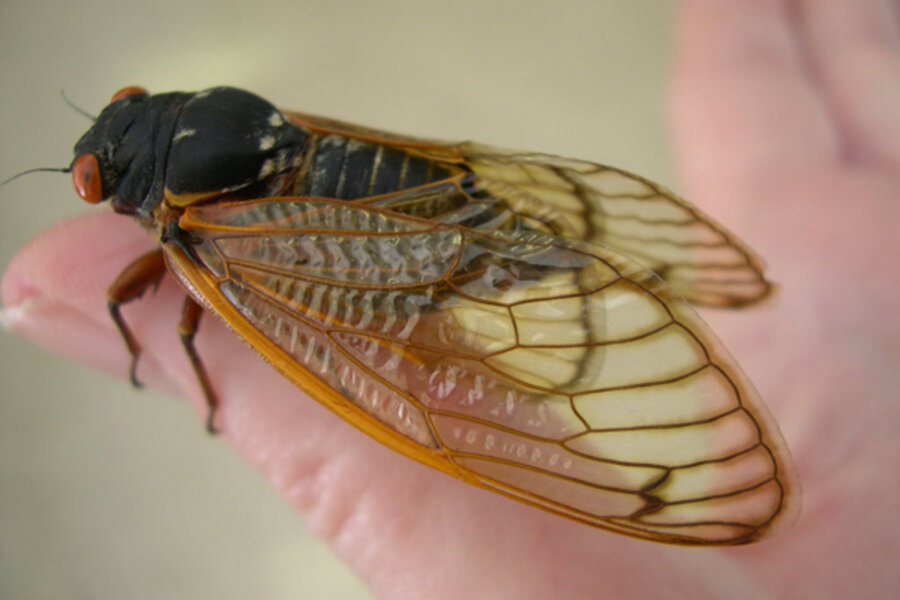Cicadas to emerge on East coast after 17 years
Loading...
Like clockwork, they're coming back — after 17 years.
"They" would be cicadas, the big, noisy bugs that climb out of the earth about every decade and a half to make everyone's life more exciting.
The Richmond area soon will be buzzing with a sound heard only once every 17 years.
Around mid-May, millions of 17-year cicadas will crawl out of the ground and mate. The females then will lay eggs and both adults will die shortly after mating. In the summer, the eggs will hatch and their offspring will burrow into the ground to begin the next cycle.
Experts tell Gannett News Service that the bugs live underground and feed off fluid that gathers near the roots of plants, then emerge from the soil when its temperature reaches 64 degrees.
"We have no idea how they know how much time has passed," Gene Kritsky, a cicada expert at the College of Mount St. Joseph in Cincinnati, told the Richmond Times-Dispatch.
He said it will be Richmond's day in the sun for cicadas.
"To me it's like having a David Attenborough special in your backyard," Kritsky told, "if you are lucky enough to have them emerging in your yard."
During their short time of the surface, the insects do a lot of good, he said. Their holes aerate the soil, and they return nutrients to the soil when they die. They also provide food for birds and other animals.
They're largely harmless, but their sheer numbers can cause headaches. Some areas could see as many as a billion of the cicadas per square mile. That can lead to a lot of dead bugs all over roadways and grassy surfaces. They can also disrupt outdoor events with their loud buzzing.
The big noise is made the males, who are trying to attract mates. The females flick their wings.
Each female makes punctures at the ends of tree twigs and lays 400 to 600 eggs. This can harm small trees but it is like a pruning for larger trees, Kritsky said.
"Next year, they'll come back with a better growth," he said.
He recommends that people get married when the cicadas appear.
"'Think about it. The only time you will have the same environmental conditions of your wedding day will be on your 17th anniversary, your 34th anniversary and your 51st anniversary," Kritsky said.
Peggy Singlemann, horticulture director at Maymont, has fond memories of the cicadas' last appearance in 1996. While they were noisy and "just everywhere," she said that they did not cause significant damage to trees.
"We are so used to our comfort," Singlemann said. "But just to know that for 17 years an insect has been underground waiting for its time to re-emerge. I think it's fascinating."
This year's brood of cicadas is Brood II, which lives in a stretch from north-central North Carolina through central Virginia to Connecticut.







